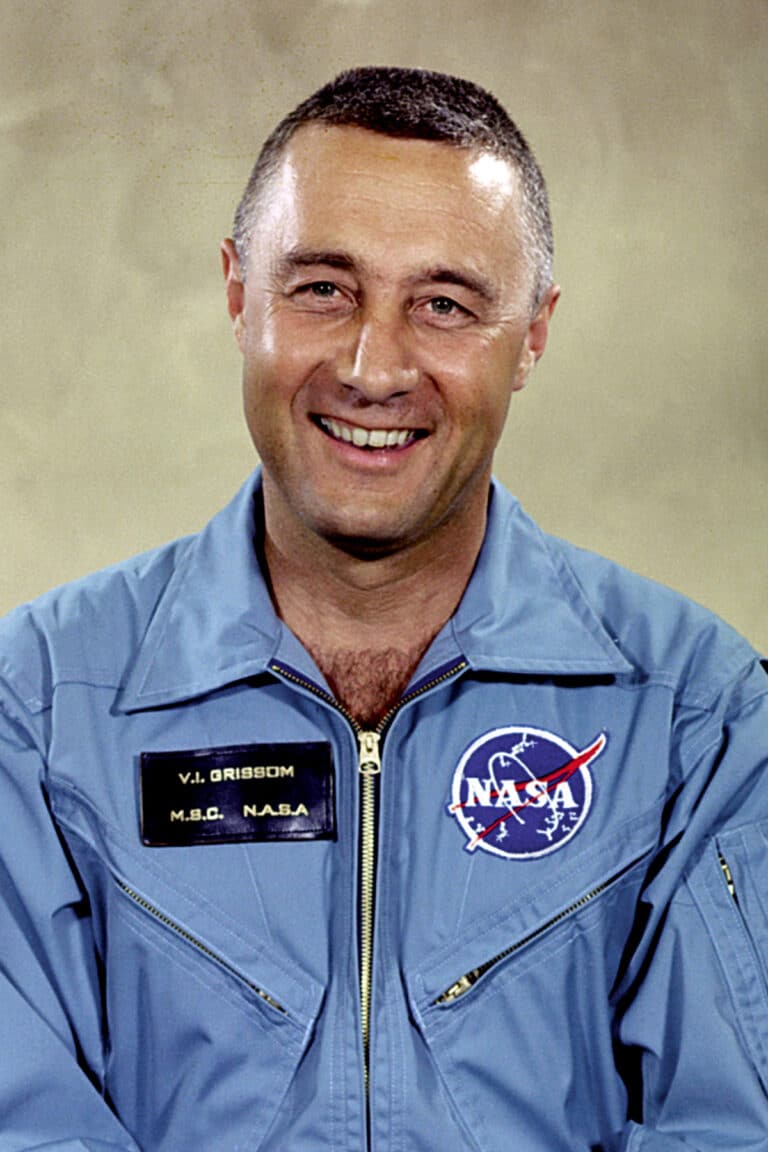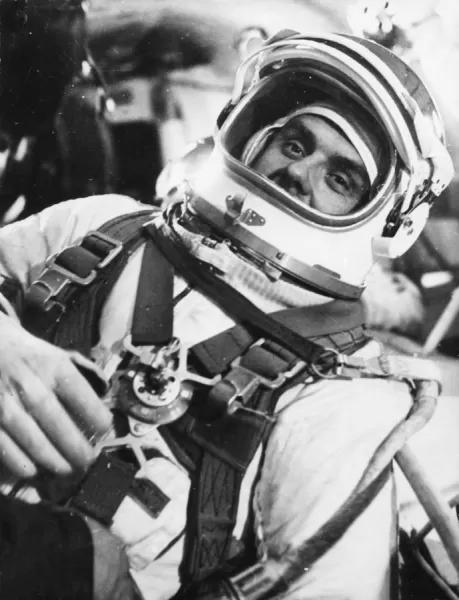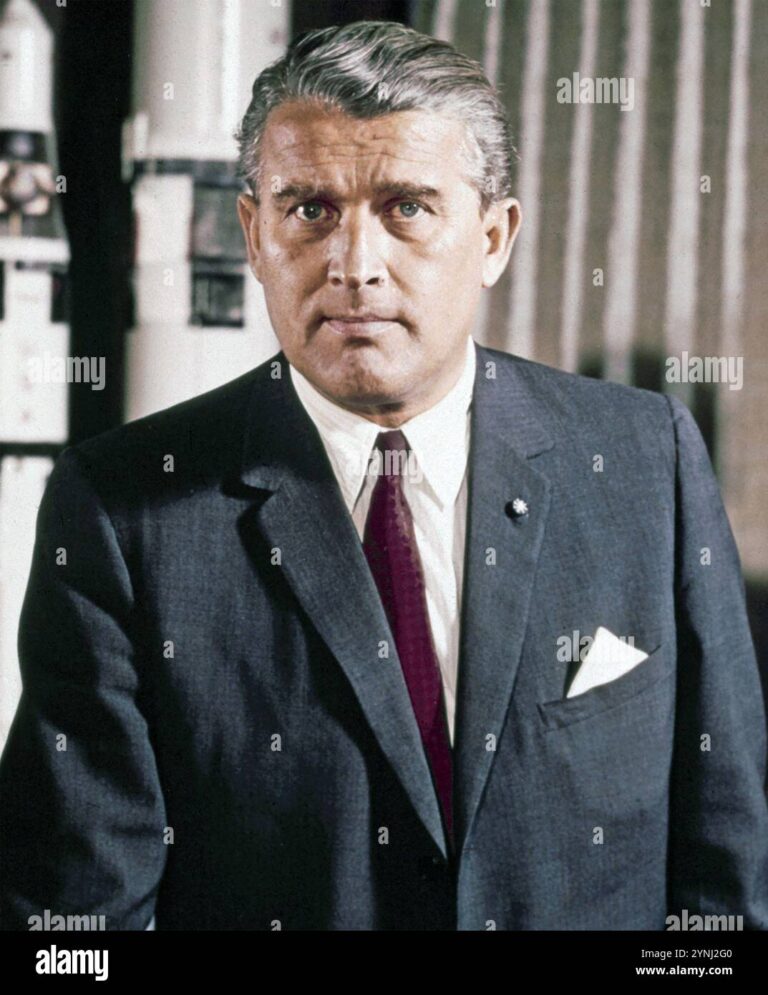The history ofastronautics modern takes root with the pioneering work of Robert H. Goddard. This physicist American revolutionized rocket design and launch by developing one of the first prototypes of liquid propellant rockets, thus paving the way for unprecedented space explorations. On March 16, 1926, he succeeded in propelling the first liquid fuel rocket, Jean-Pierre, reaching an altitude of 12 meters. This experience not only marked the beginning of a new era in the field of propulsion technologies, but it also demonstrated Goddard’s bold vision for the future of space exploration. His quest for innovation and commitment to his research have led to breakthroughs that have sent humans and machines into space, shaping the future of astronautics.

Robert H. Goddard, often considered the father of astronautics, played a key role in the development of rocketry and modern propulsion. Through his pioneering work in the early 20th century, Goddard paved the way for major advances in the field ofspace exploration. This article explores how his inventions and innovations led to a true revolution in rocket technology.
Table des matières
ToggleThe beginnings of Robert H. Goddard
Born in 1882, Robert H. Goddard developed an early interest in physics and propulsion. His studies atClark University and at MIT allowed him to deepen his knowledge of engines and aerodynamics. Goddard quickly realized that the development of propulsion liquid propellants could transform the way rockets are designed and used.
The first rocket experiments
On March 16, 1926, Goddard successfully launched the first rocket to liquid fuel in Auburn, Massachusetts. This historic event marked the beginning of modern rocket flights. Its rocket rose to a height of 12 meters, reaching a speed of 96 km/h in just 2.5 seconds. This seminal experiment established the principles of flight stabilization using gyroscopes and flaps, innovations that would revolutionize the field.
Significant innovations in propulsion
Among Goddard’s major contributions, the use of motors liquid propellants stands out. Unlike systems with solid fuel, these engines offered better controllability and greater efficiency. Goddard also designed complex systems to stabilize flight, allowing rockets to reach unprecedented altitudes and precisions. On April 19, 1932, he launched a rocket featuring these innovations, which marked an important step toward mastering the flight path.
A visionary precursor
Goddard wasn’t just successful at rocket launches; he was also a visionary. In the 1920s, he formulated concepts that today seem to prefigure interplanetary travel. He imagined rockets capable of exiting the Earth’s atmosphere and reaching other celestial bodies, thus anticipating the conquest of space that would follow decades later. His work inspired other scientists and engineers, paving the way for future innovations.
Recognition and legacy
Despite his significant contributions, Goddard struggled to achieve recognition during his lifetime. It was only after his death in 1945 that his legacy was fully recognized, as technological advances in space propulsion began to take shape. Today, Robert H. Goddard is celebrated as a pioneer who laid the foundation formodern space engineering and propulsion, paving the way for achievements such as lunar missions and Mars exploration.






















